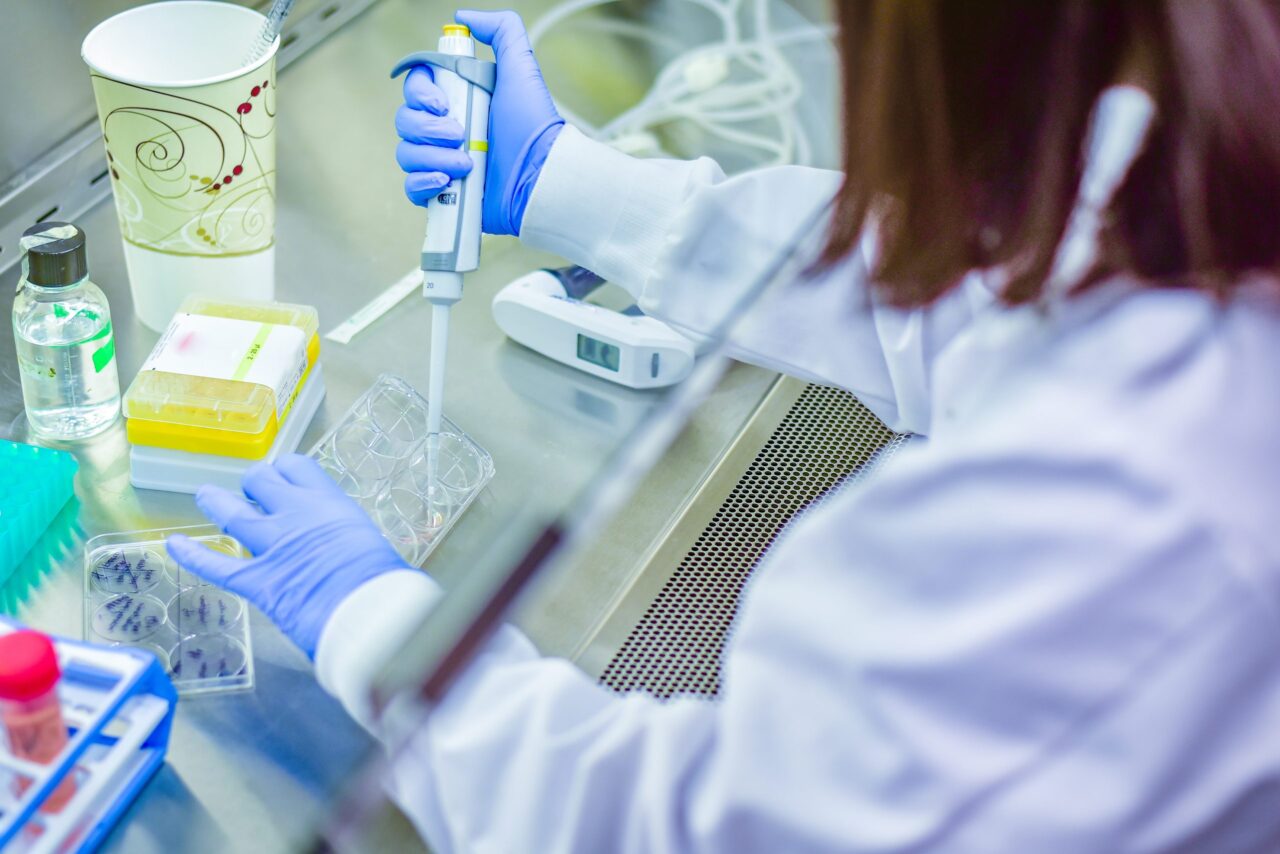Advances in biotechnology, health sciences and new global health challenges demand the need for efficient and safe biosafety laboratories. These laboratories must have rigorous and high quality safety mechanisms to ensure the safety of their personnel and the public, avoid contamination of samples, protect the environment and, in general, work effectively in critical research for human and animal health.
Biosafety laboratory security mechanisms are an essential component of responsible handling of high-risk biological and chemical materials. The combination of physical, chemical and biological safety measures, along with robust administrative management, ensures a safe working environment and protects people and the environment. It is a worthwhile investment to ensure the success of research that benefits humanity and the protection of our quality of life.
Physical Security Mechanisms: The First Line of Defense
In a biosafety laboratory, physical safety is a top priority to prevent accidents and ensure the stability of the work environment. This starts with the building structure itself; facilities must be robust, earthquake and fire resistant, and have a design that facilitates cleaning and disinfection.
Internal physical barriers such as sealed doors and automatic locking systems are key in protecting against the spread of pathogens. Windows should be impact-proof and sealed to prevent leakage. In addition, biosafety laboratories are located away from high-traffic areas to minimize cross-contamination risks.
Ventilation systems play a crucial role in the safety of biosafety laboratories. Negative pressure airflow systems ensure that any air leakage is directed into the laboratory rather than escaping to the outside. In addition, HEPA (High-Efficiency Particulate Air) filters trap and neutralize airborne pathogens.
Chemical and Biological Safety Mechanisms: Protecting People and the Environment
Biosafety laboratories must also have measures in place to handle biological and chemical materials safely. This involves proper storage and disposal systems to prevent spills and spread of pathogens. Hazardous materials should be stored in sturdy containers, in designated areas and away from heating or ignition systems.
In addition, procedures should be in place to safely handle infectious agents and waste generated. All laboratory waste should be decontaminated prior to final disposal, either through autoclaving, incineration or chemical methods.
Administrative Safety Mechanisms: An Integrated Management Approach
Finally, an essential part of safety in biosafety laboratories is administrative management. This includes ongoing staff training in safety procedures and emergency protocols, regular maintenance and review of safety equipment and facilities, and systems for reporting and responding to safety incidents.
Clear material handling protocols and safe laboratory practices, from how to wear gloves correctly to how to respond to a biological spill, contribute to safety. Lean and Six Sigma methodologies can be applied to constantly improve these protocols and practices, ensuring an efficient and safe laboratory.
Kalstein Solutions
We in Kalstein open a new universe where you will find a place with the latest technological and scientific advances, we present the 3D platform, here you will find infinite manufacturers and distributors of laboratory equipment regardless of type, you can design your profile and be in contact with every corner of the world, we offer unparalleled advantages in over 10 languages and have your own laboratory in 3D, buy, sell or rent equipment for laboratories or medical, learn more HERE

